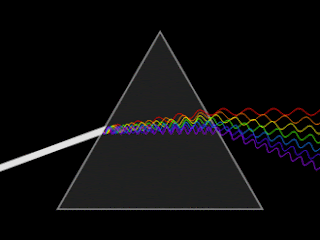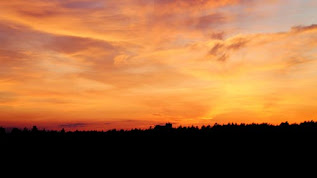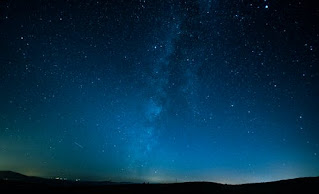Laying down and looking at the blue sky is as easy as wondering 'why is the sky blue?' But actually figuring out the answer to this query is not that easy... Let's see...
What is dispersion of light?
We all know that even the light from the sun looks white, it is made up of all the colors of the rainbow. Isaac Newton was the first person to find out that when light passes through a prism (A specially shaped crystal), the light gets separated into all its component colours. This is called as dispersion of light. They are violet, indigo, blue, green, yellow, orange and red.
Like energy passing through the ocean, light energy too travels in waves too. Some light travels in short waves whereas some travel in long and lazy ones. The shortest wavelength is of blue colour whereas the longest one is of red colours.
All light travels in a straight line unless it is reflected, refracted, bended or scattered due to some or the other reason.
Remember, light travels in waves, but its direction is along a straight line.
Why is the sky blue?
Similarly, sunlight reaches Earth's surface and is scattered in all directions by the gases and dust particles present in the air. Shades of blue light (violet, indigo, blue) is scattered more as it travels in short and smaller waves and is seen for more time into the air. This is why we see a blue sky most of the time.
Why does the sky appear red when the sun is near the horizon?
When the sun is closer to the horizon, the sky appears red. It is because as light has to travel more from the horizon compared to the noon sky, light scatters more and all colours mix asap. But as red colour travels slowly, it mixes slowly and it is visible for a longer time than other shades. That is why the evening or morning sky is red and not blue.Why isn't night sky black?
The night sky is not black because light enters earth's atmosphere from moon and other stars. That is why the sky appears dark blue at night. It doesn't appear blue as the amount of light entering the atmosphere is less as compared to the light at day time.
Conclusion
Conclusively, sky appears blue due to dispersion of sunlight and spread of blue light due to its specific shorter wavelengths. Due to a lot of dispersion of light, all light mixes and forms white light when the sun is close to the horizon. However, red light doesn't mix quickly and gives the sky a reddish look. And the night sky isn't black as some light from stars and moon still enter the atmosphere.




1 no
ReplyDeleteGood start👍👍👍
ReplyDeleteKeep it up...
👍👍
ReplyDeleteI am glad that people are liking my posts. You may share it with others so that it can be beneficial for others too...😊😊😊
ReplyDeleteAnd of course, if you have any query or suggestion, you can surely comment...